Linear bearings are crucial components in various industrial applications, providing smooth and precise linear motion. These bearings are designed to reduce friction and wear, ensuring efficient and reliable operation in machinery and equipment. Linear bearings come in different types, including ball bearings, roller bearings, and plain bearings, each offering unique advantages for specific applications.
ACORN is an authorised distributor for leading manufacturers EWELLIX, NB and THK and offer a full manufacturer warranty.
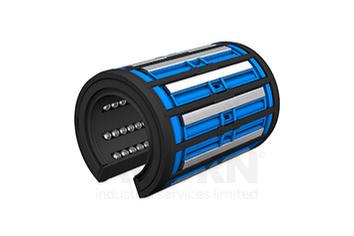
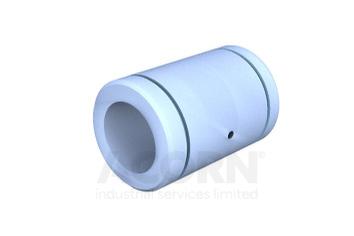
Linear bearing and shaft combinations remain a widely used method of providing linear guidance. As shafts are often used simply supported, they can be a straightforward and effective method of providing an economical guidance solution.
Shafts and bearings, sometimes called linear bushes, are available from a 5mm to 800mm diameter. Shafts are available in Ck53/Cf53 steel, chromium plated steel along with two grades of corrosion resistant steel. Hollow shaft is also available.
Many different types of linear bearing are available: compact and standard (ISO series 1 and 3); open; closed; self-aligning and clearance adjustable. Bushes can also be supplied in housings known as linear bearing units, further simplifying installation.
Linear ball bearings, have recirculating ball technology for long life and high accuracy, and they can be supplied loose or in a housing. A common ball bearing slide is constructed from aluminium or steel, and it consists of two linear shafts with 4 guide bushings
A plain linear bearing has no moving parts and comes in a variety of sizes and materials that are suitable for many applications, particularly in very wet or humid environments where high levels of corrosion resistance and minimal friction is required.
All linear guide systems can be driven by hand or by a drive mechanism and are available in a variety of sizes and materials. The most common configurations are closed, open, and split.
Linear bearings are widely used throughout various industries and many different kinds of applications including:
Machine Tools: Linear bearings are used in machine-tool ways, where they help in guiding the linear motion of the tool or workpiece.
Automation Systems: In various automation settings, linear bearings are used to reduce friction and guide linear motion, enhancing the efficiency and accuracy of the system.
Linear Actuators: Linear actuators, which convert rotary motion into linear motion, often use linear bearings to ensure smooth operation
At ACORN industrial services, we can offer Linear Guides to suit your automation project, as well as spare or replacement units. We are committed to providing other linear motion products to meet your industrial needs, from components through to full automated systems:
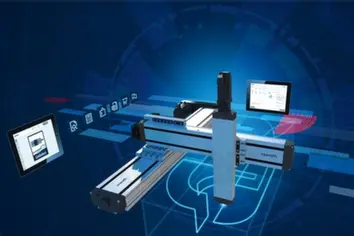
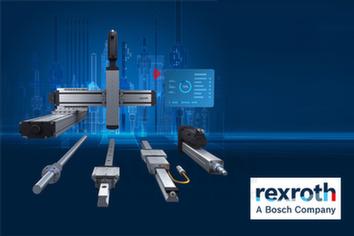
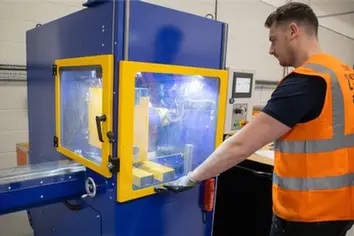
Linear bearings are used in machine tool applications where low friction linear guidance is required, such as sliding doors, tool change systems or press/tool guidance in industrial machinery and automation systems
Another name for linear bearings are linear guideways. Sometimes they can be called linear bushings, or housed units can be called Linear Sets.
The 2:1 ratio rule for Plain linear bearings is a geometric relationship that describes the allowable working space of plain bearings. It is defined as the maximum ratio of moment arm distance to bearing length that will not bind (prevent motion). It is also known as the ‘Binding Ratio’. Note, this rule only applies to plain bearings and does not apply to recirculating ball bushings.
The weight a linear bearing can hold significantly varies depending on its design, material, size and the direction of force. They are small, miniature systems and super heavy-duty versions capable of moving several tons
Linear plain bearings, also known as sliding bearings, consist of just a bearing surface with no rolling elements. They are simple in construction, offer lower cost, and require fewer maintenance requirements compared to other types of bearings.
On the other hand, linear ball bearings feature multiple recirculating balls housed in steel cages. They offer superior performance capabilities, extended lifetimes, higher load capacity, accuracy and rigidity than plain bearings